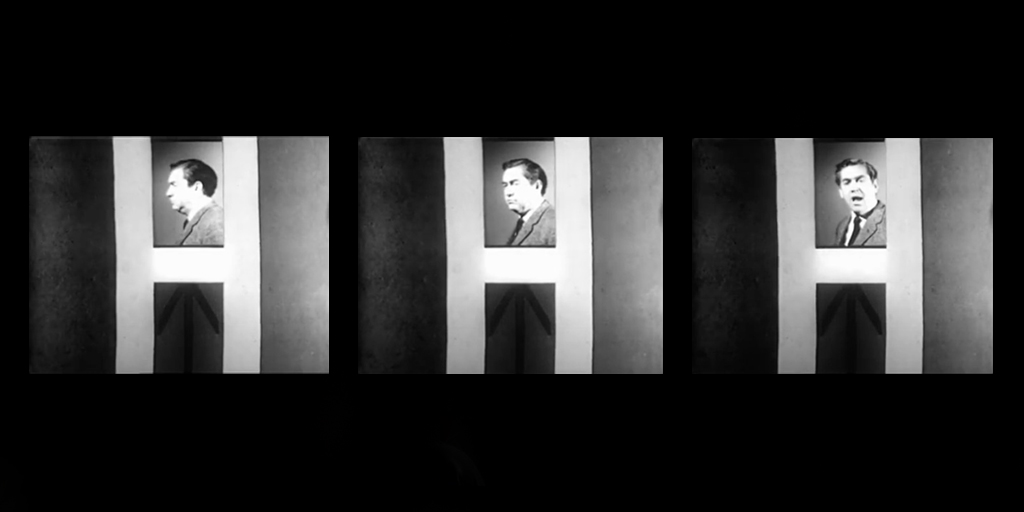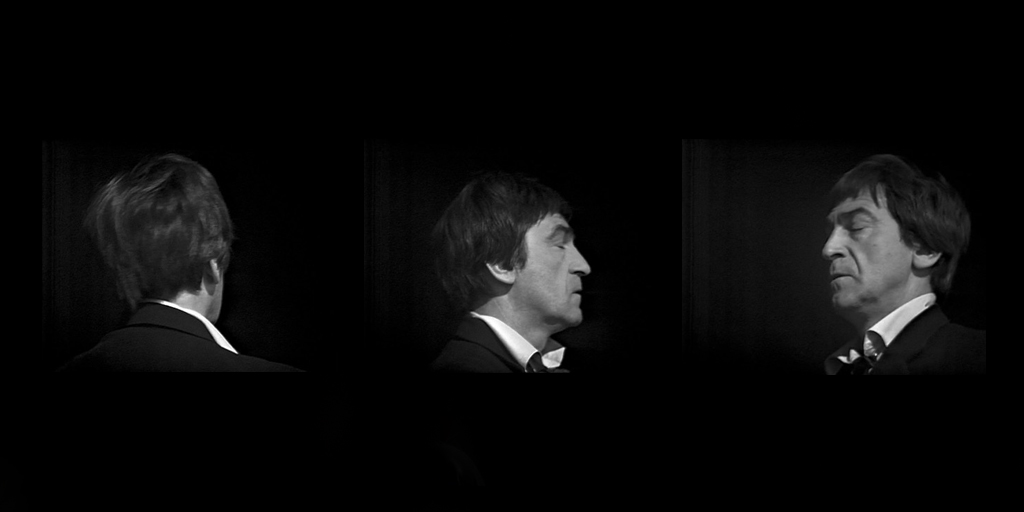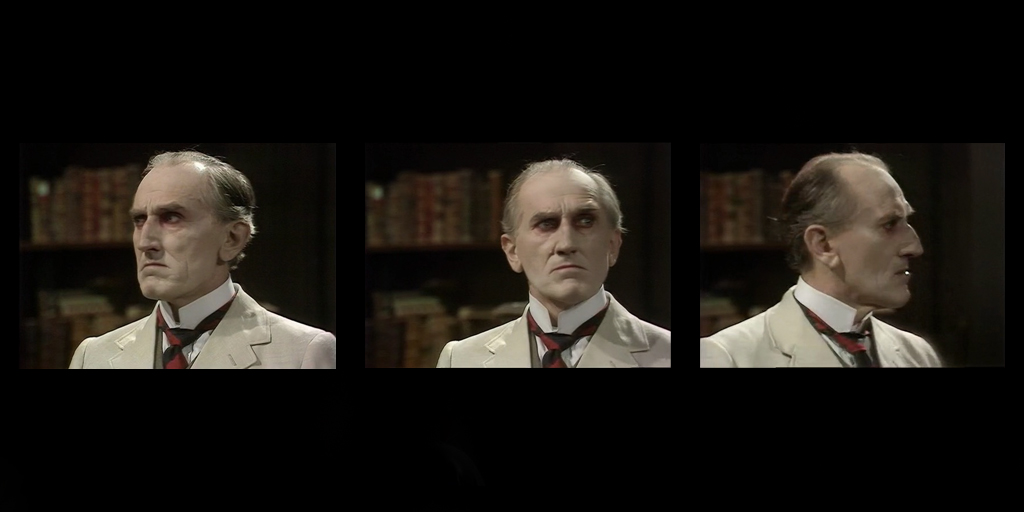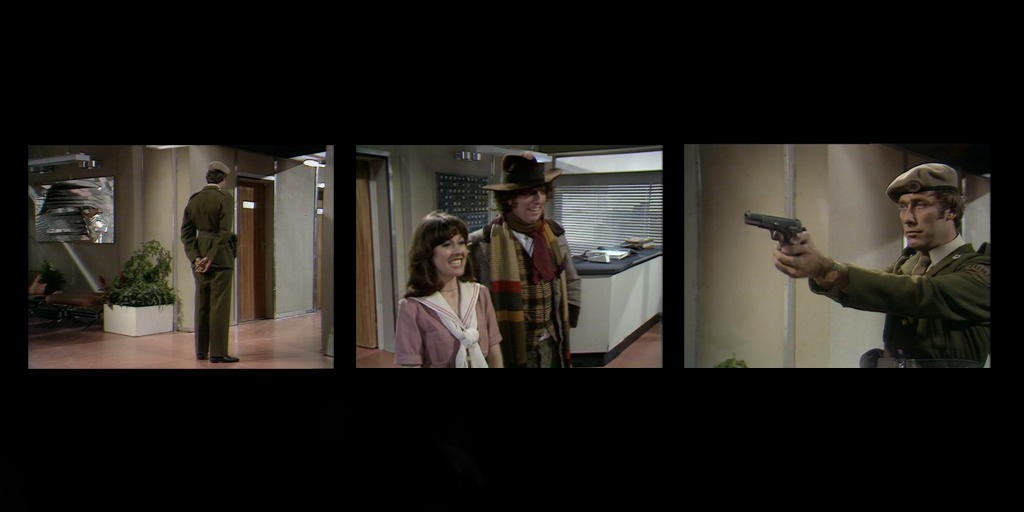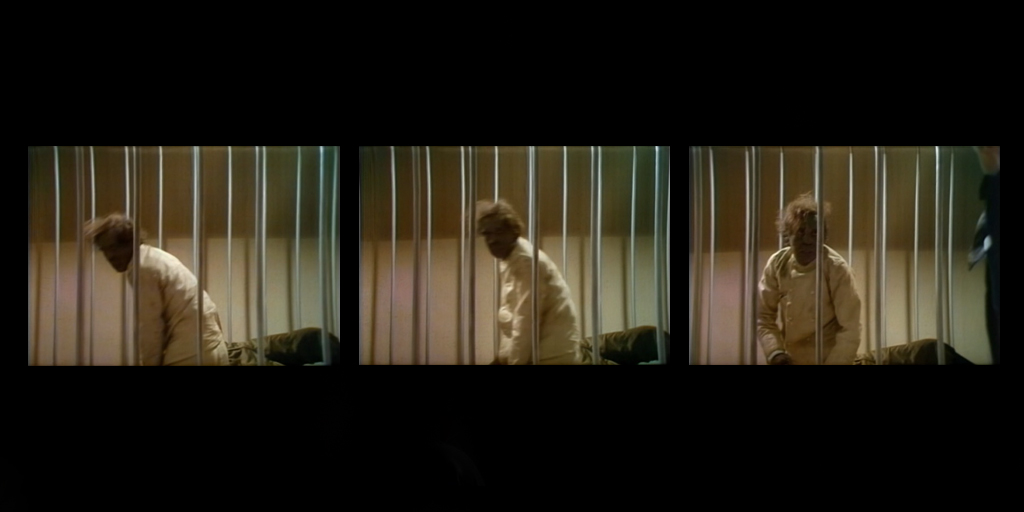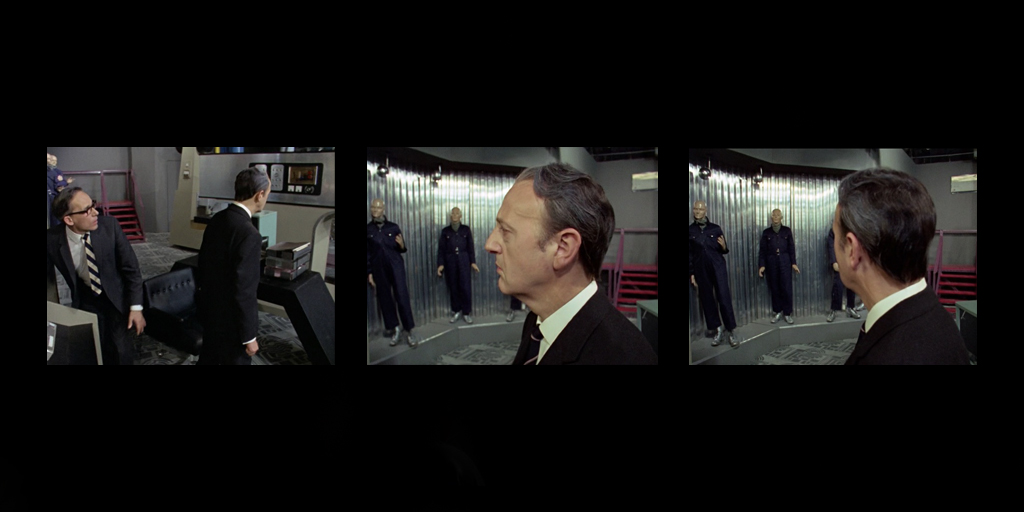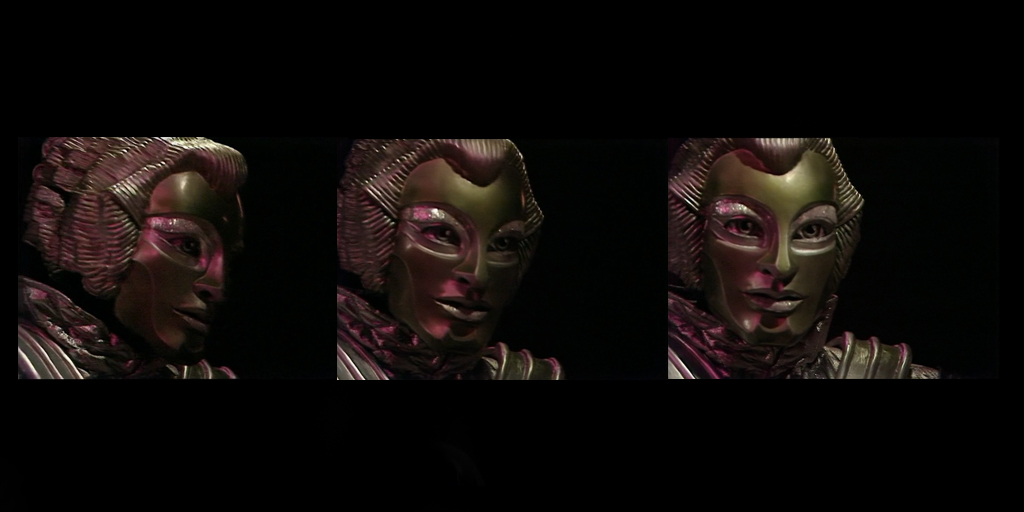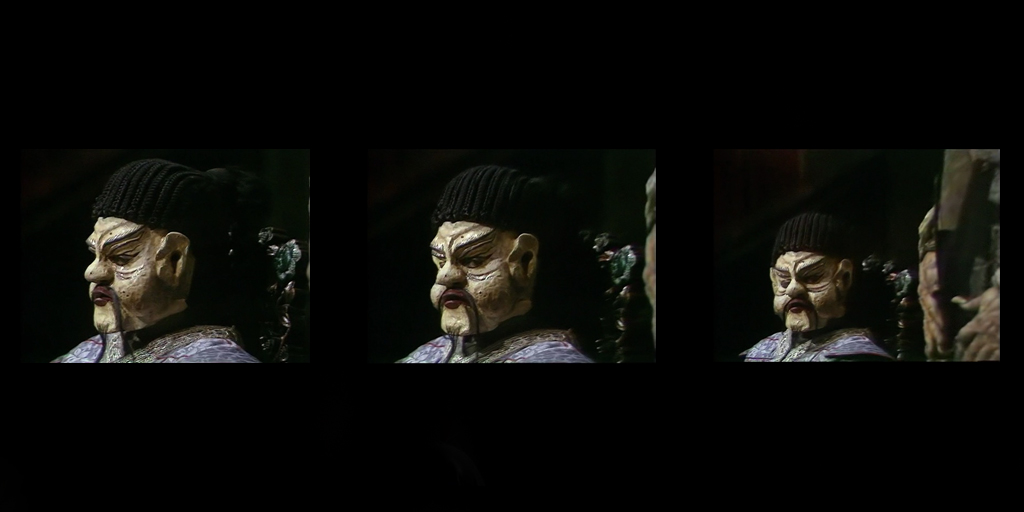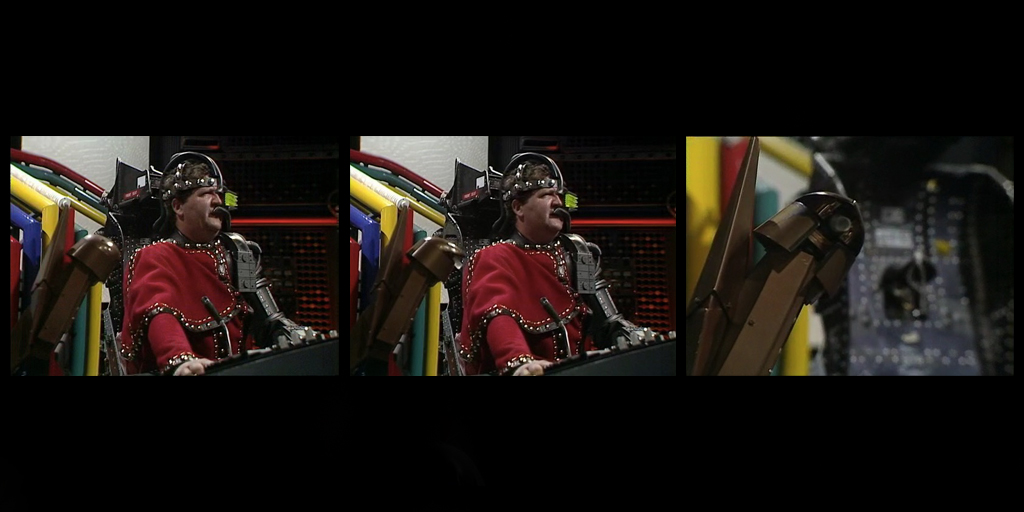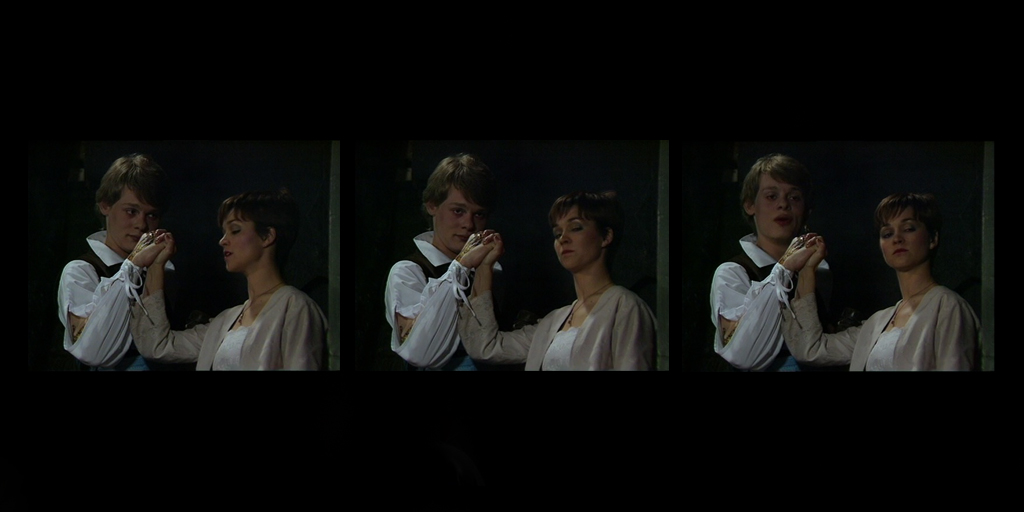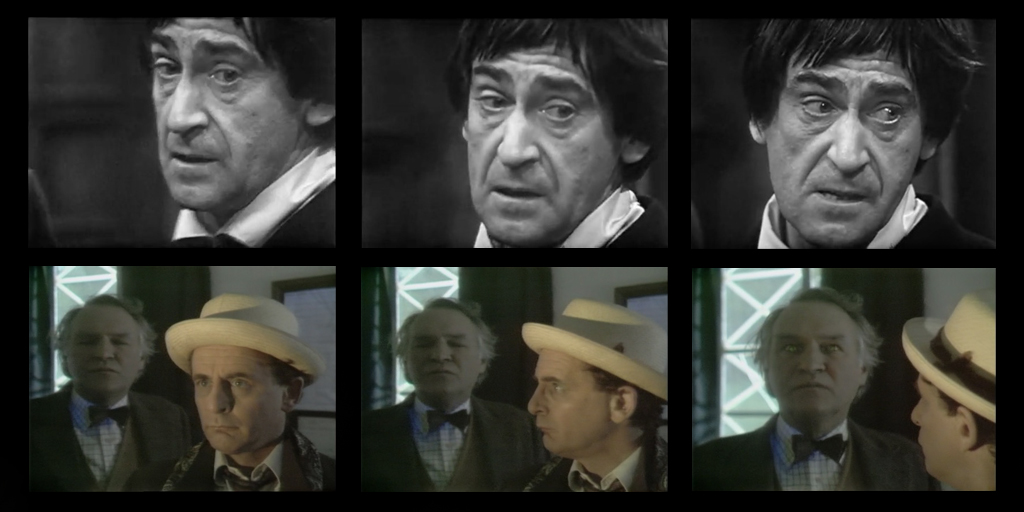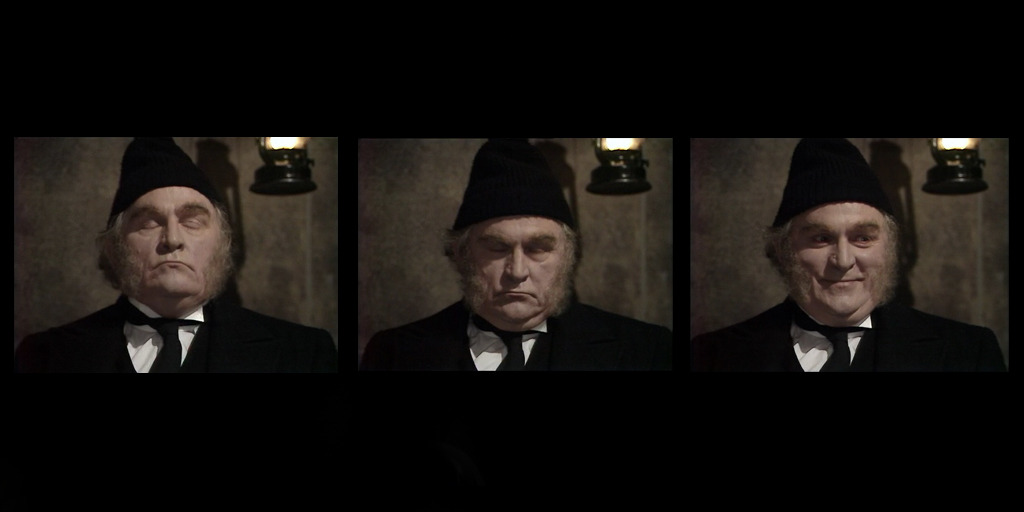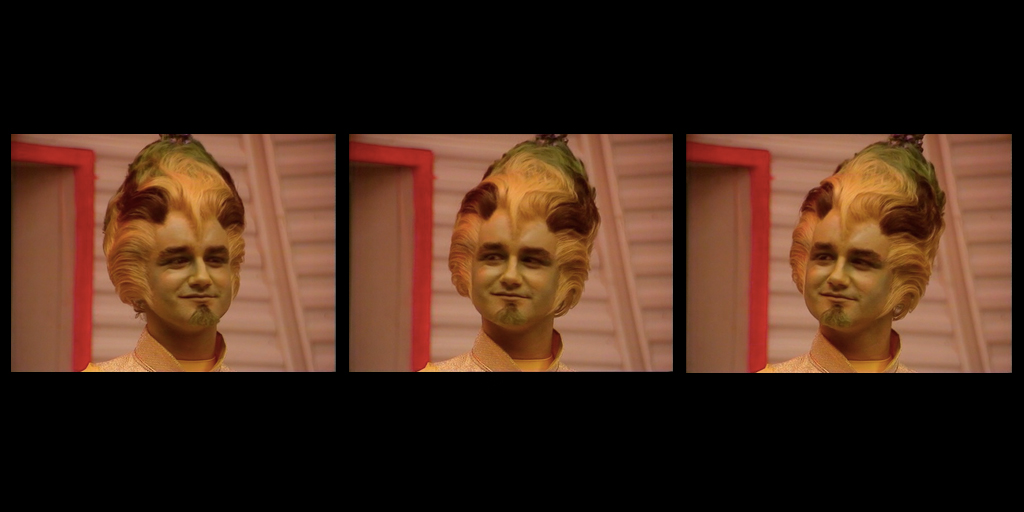1/21 THREAD Doctor Who and the slow head turn (and other assorted slow movements.)
This time around, I’ve decided to explore those moments where characters turn slowly for added menace and/or dramatic effect.
This time around, I’ve decided to explore those moments where characters turn slowly for added menace and/or dramatic effect.
2/21 For this viewer at least, the slow head turn has its roots in classic horror, conjuring up images of Count Orlok in Nosferatu: A Symphony of Horror (1922) and the monster in Frankenstein (1931).
3/21 The first time I took note of a slowly turning head was when Tony Hancock turned slowly to address the audience in the title sequence of ‘Hancock’ in 1961. What should have been a simple announcement, became a strangely and unintentionaly malevolent moment.
4/21 When BBC2 repeated The Mind Robber in 1992, I got my first taste of the psychological impact of this form of choreography. That first episode was full of questions without answers, and the final slow turn of the Doctor was one of the most unsettling moments in all Who.
5/21 The following repeat of ‘The Sea Devils’ contained what might be one of the most sinister monster introductions, as Clark finds Hickman’s dead body, and notices a slowly turning Sea Devil in the shadows. The symmetry of the head movements of hunter and hunted are haunting.
6/21 The Mondas Cybermen are chilling. In the Antarctic, when visibility is limited, we rely on big gestures. The movement is effortless, assured and sinister. The turn might be slow, but Tito doesn’t have any time to register his impending silent death.
7/21 Fast forward almost a decade, and Ronson is the first person to be exterminated by the Daleks. This might be the most scary Dalek extermination of all. Davros may do all the shouting, but the slow synchronous turn by the Daleks proves that their silence is deadly.
8/21 Marcus Scarman’s slow turn at the beginning of Pyramids of Mars part 2 is a turn-as-bluff. Laurence delivers an anguished “Marcus” while in hiding. The shorthand of television acting suggests he has been heard, but Marcus is simply taking in his surroundings.
9/21 Sometimes a director misses an opportunity to maximise the drama. I mean, could you ever imagine dear old Benton malevolently turning around slowly? As it is, Berry Letts opts to cut back to the Doctor and Sarah, denying us the chance to see that happen. Fair enough.
10/21 Any scene with the proto-Primords is etched in my imagination, but for pure chills, bendy bar alt-Bromley wins the contest. His slow turn towards the Doctor communicates pure pent up rage, murderous intent, and a natural bent toward forces you never could dream existed.
11/21 And when it’s our best friends who are doing the head turning, we sit up and take notice, immediately.
12/21 In ‘Spearhead from Space’, Hugh Burden’s Channing gets the head turn just right. It’s not just about the pace in which he does it, it is about the stilted body posture, and crucially the impassive stare. It’s one of the best examples in the series.
13/21 Sometimes the slow head turn can be a natural extension of the movement of our favourite monsters, aliens, and in this case, the beautiful robots aboard the Sandminder, whose intent can never be clearly gaugued due to emotionless visage, and smooth, controlled movement.
14/21 Sometimes a slow head turn reminds us of what we already know. Although established right from the beginning, it isn’t until the beginning of episode 5 that murderous Mr Sin actually turns with intent. It’s a welcome reminder that there’s life in the old pig brain yet.
15/21 K9 attracts the attention of the Captain, Mr. Fibuli and Polyphase Avatron in & #39;The Pirate Planet& #39;. This time the slow head turn is straight out of Grange Hill, where the playground bullies clock the new kid on the block. Or new dog, in this case.
16/21 Tegan’s slow lean into the crystal ball in & #39;Snakedance& #39; part 1 is highly memorable, but also her slow head turn in end of part 2 is totally convincing. The turn becomes a natural part of her sensuality. The delicious appetite of the Mara’s evil.
17/21 Androzani contains the celebrated rapid turns to camera from calm but prone to sudden rage Morgus. Sharaz Jek’s reveal at the end of ep1 is the perfect counterpoint to his former business companion; slow, fastidious, snake like, and enhanced by Roger Limb& #39;s rattle.
18/21 Sometimes the slow head turn is not malevolent in intent, but a simple realisation, or facing of the music. Examples include The Doctor turning to face Dr Judson in ‘The Curse of Fenric’, or the Daleks in ‘The Evil of the Daleks’.
19/21 Turns can be tilts. Peter Pratt in ‘The Deadly Assassin’ enjoys a fabulous classic horror reveal, as Brian Clemett’s magnificent lighting pinpoints what little is left of the putrefying flesh in the Master’s dark, dank confinement. Maloney, as ever, goes in close.
20/21 The Master’s reveal is memorable, but it is Rutan Ruben’s tilt and laugh in Fang Rock that is perfection. Hitchcock, Kubrick et al explored the threatening stare created by tilting the head upwards slightly, while glancing ahead, with a faint smile. It always works.

 Read on Twitter
Read on Twitter

